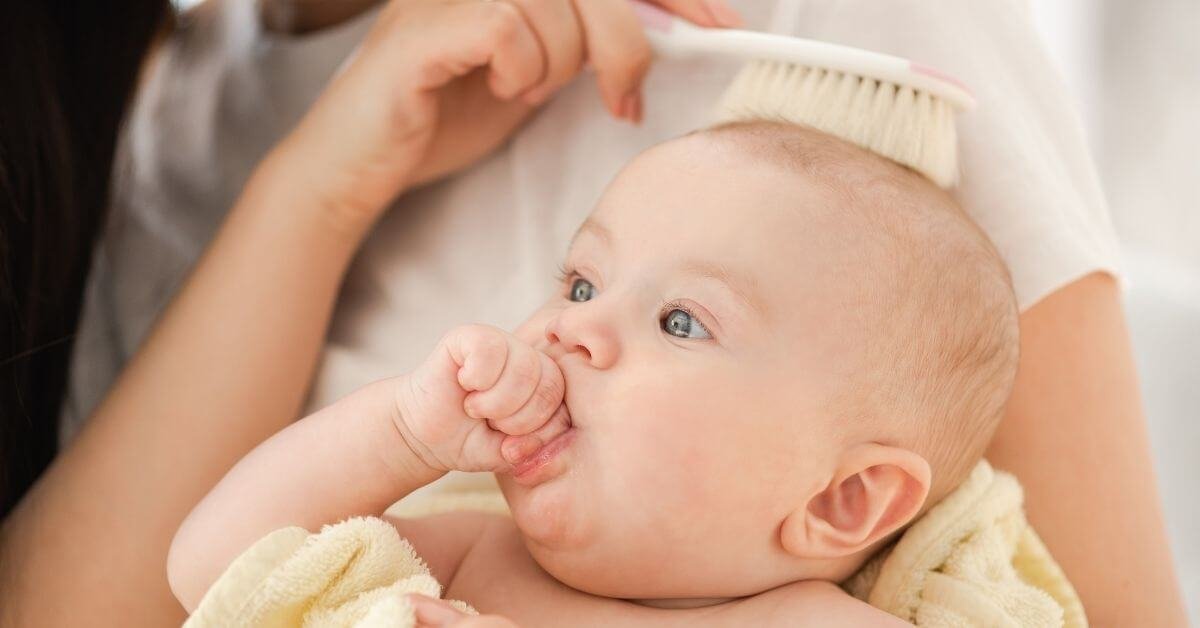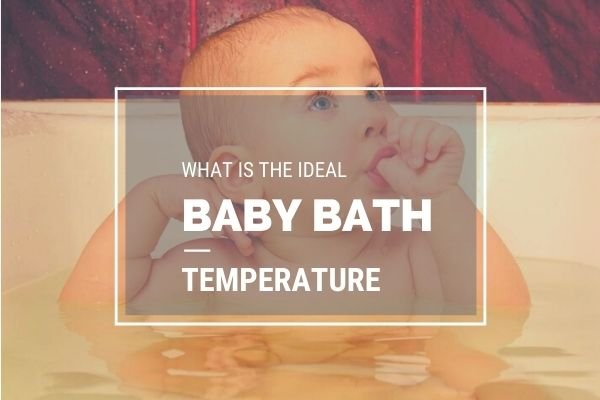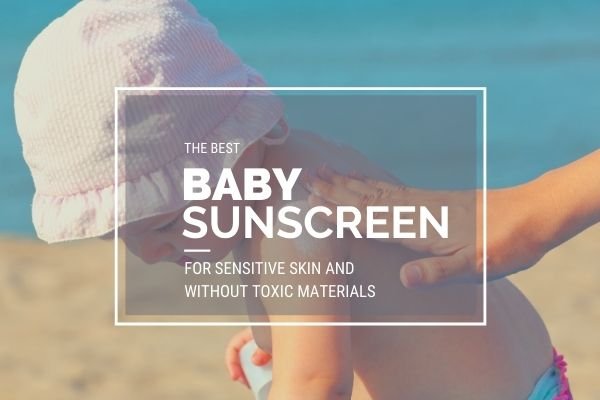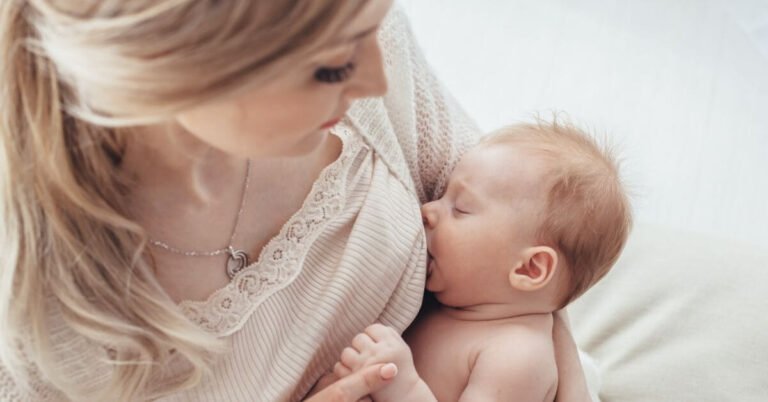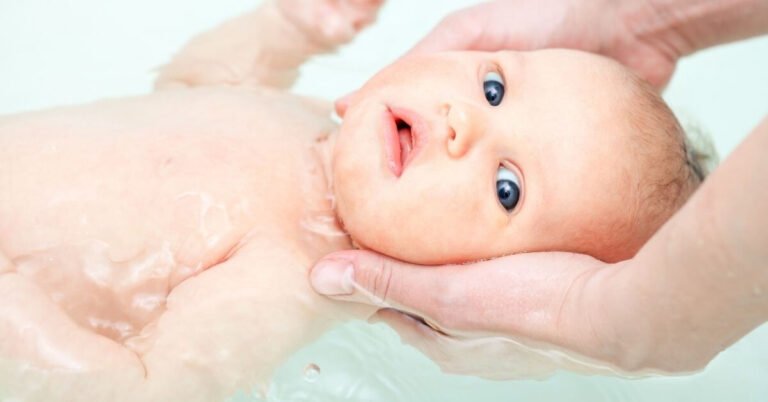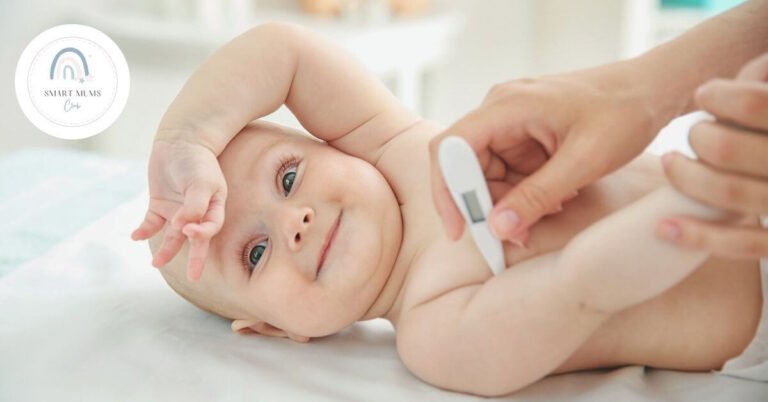How to treat cradle cap at home in 3 simple steps
New moms often face the problem of treating cradle cap when their infants are only a few months old.
On this page, we will share with you some tips on how to treat cradle cap. Getting rid of this condition is not always easy and sometimes despite your efforts, it keeps coming back.
The good news is that cradle cap is harmless. Skin conditions like this one are common and will go away without treatment over time. Yet, many mothers still find cradle cap repulsive to look at and are desperately trying to find a way to treat it.
Do all babies get cradle cap? The condition does not affect every baby. Statistically, according to the American Academy of Family Physicians (AAFP), it affects roughly 10% of boys and 9.5 percent of girls.
When does cradle cap start?
The most common age for infants to develop cradle cap is about 3 months and it lasts until they are 12 months old. Rarely, it occurs in infants younger than 1 month. Only 7% of babies with cradle cap will have it until their second birthday.
Cradle cap is also known as infantile or neonatal seborrhoeic dermatitis. They sometimes use other names: crusta lactea, milk crust, and honeycomb disease.
AFFILIATE DISCLAIMER: SOME OF THE LINKS IN THIS POST ARE AFFILIATE LINKS. IF YOU USE THESE LINKS TO BUY SOMETHING, WE MAY EARN A COMMISSION. SEE FULL DISCLAIMER.
What are the symptoms of cradle cap?
Or in other words, what does cradle cap look like ? You can best describe cradle cap as yellowy scaly crusts on top of a baby’s head. It can also show up on the forehead, eyelids, and behind the baby’s ears. However, when it appears on other parts of the infant’s body, like the diaper zone, they usually refer to it as seborrheic dermatitis.
What causes cradle cap in babies?
Why infants get cradle cap is not well understood. However, there are several factors that may all play a part in the development of neonatal seborrhoeic dermatitis.
A generally accepted theory is that the mother’s hormones still circulate in the baby’s body and stimulate the infant’s sebaceous glands. Sebum, an oily substance, builds upon the scalp, causing cradle cap.
Secondly, a fungal infection with the yeast Malassezia may play a part. This is a yeast that naturally occurs on the human skin. The fact that when they treat cradle cap with antifungal treatment, it responds well to it. For some, this confirms this theory.
Thirdly, genetics may play a role, as we often see babies get cradle cap when there is a family history of allergies.
Last, babies with cradle cap apparently have low omega-3 fatty acids and vitamin H (biotin) levels. These are both important for healthy skin and hair.
Here is how to treat cradle cap on a baby’s scalp
- You can soften crusts/scales by using Vaseline (petroleum jelly), baby oil, or natural moisturizer. It can be left on the scalp for 30 minutes or overnight if you prefer.
- Use a brush or fine comb to gently remove the softened scales from the baby’s scalp.
- Finish by washing the baby’s hair and scalp with mild baby shampoo to remove the Vaseline or oil.
Getting rid of cradle cap do’s and don’ts
What you can do
- Use special cradle cap shampoo formulated for babies.
- Wash the baby’s hair only once a day with a gentle baby shampoo
- Use mineral oil, coconut oil, sunflower oil, borage oil, or apply some breastmilk
- Always ask a doctor before using antifungal shampoo (ketoconazole) or anti-inflammatory creams like topical corticosteroid (hydrocortisone) to treat cradle cap.
What not to do
- Use olive oil – This may encourage fungal growth
- Use nut oils – May cause allergies
- Pick the crusts – May cause an infection
- Use shampoo for cradle cap in adults – Besides irritating the scalp and baby’s eyes, they can also worsen cradle cap by drying out the scalp.
Best products to help with cradle cap
According to a Swedish study, treating cradle cap with borage oil gives very good results. For this demonstration, they used 48 infants with severe cradle cap. The infants were treated with borage oil twice a day, and their cradle cap cleared within two weeks. When they stopped the treatment, the cradle cap returned within a week. But when they continued the treatment until the infant was 7 months, there was no relapse.
A product using borage oil is Mustela Stelaker. This cream soothes and hydrates skin with natural Avocado Perseose and Borage oil and helps treat cradle cap quickly. You get the best result when used in combination with Mustela Newborn Foam Shampoo that gently cleanses hair and scalp while maintaining the delicate balance of the scalp in newborns.
Best brush for cradle cap
To make it easier for moms, Fridababy designed 3 step cradle cap system with a sponge, brush, and comb all in one for infant cradle cap. If you were wondering how to treat cradle cap with lots of hair, this product also works great for infants with thick hair. Use the sponge to lather your baby’s scalp with mild shampoo. Then, massage the baby’s head with the soft bristle brush. Don’t worry; it won’t hurt your infant’s sensitive head. After that, remove the flakes from the scalp with the comb.
What to do for a severe cradle cap?
Sometimes, cradle cap can be stubborn or severe, in which case it is better to seek medical advice. When is it necessary to ask your doctor how to treat cradle cap?
- When the cradle cap has spread to other parts of the infant’s body.
- There is fluid or blood coming from the crusts.
- The affected area appears to be swollen.
- You see no improvement with home-based treatments we mentioned before.
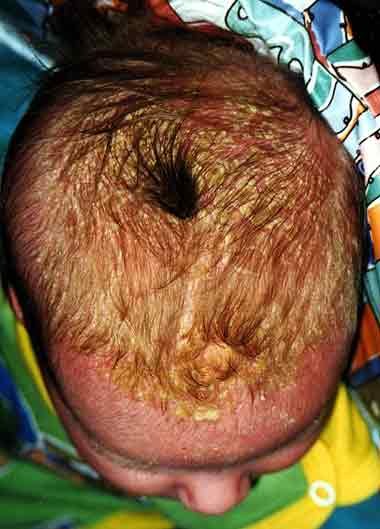
When the cradle cap is infected, your doctor may prescribe the following:
- Antifungal cream or shampoo if your doctor suspects a fungal infection.
- A topical steroid cream if swelling or inflammation is present
Usually, you can see noticeable improvement within a week. However, it is not unusual for the cradle cap to reappear, even if it has cleared completely.
Dandruff shampoos containing salicylic acid and selenium sulfide may not be safe for babies. However, they are often used to treat seborrhoeic dermatitis in children older than two and adults.
What If Baby’s Eyelids Are Affected?
Occasionally, a baby’s eyebrows or eyelids may be affected. This is not harmful to the eyes but can be annoying when the eyelids stick together, and the baby is not able to open the eyes. Here are three suggestions for how to treat the cradle cap on the face and eyelids.
- Use a cotton swab with diluted “no-tear” baby shampoo to clean the eyelids.
- Use a teaspoon of baking soda added to a cup of boiled water to clean the eyelids.
- Gently clean the eyelids and eyelashes with OcUsoft pre-moistened towelettes.
FAQs about how to treat cradle cap
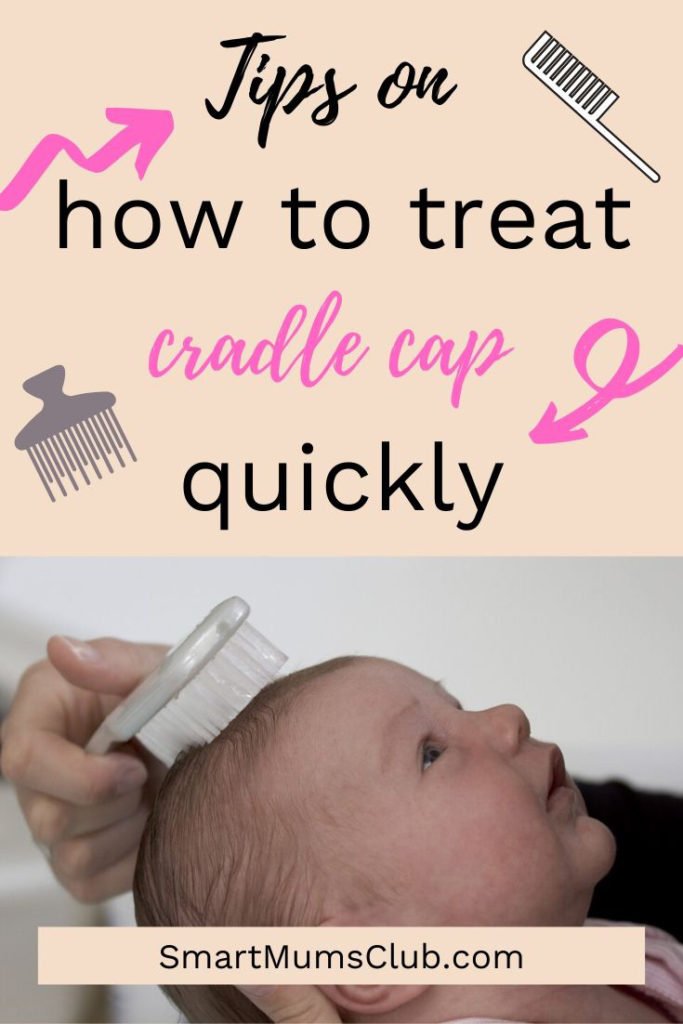
The takeaway
Cradle cap is certainly unattractive to look at, which is why many parents are looking for solutions on how to treat cradle cap in babies. Thankfully, it’s harmless, easy to treat, and probably more of a nuisance for you than for your baby.

